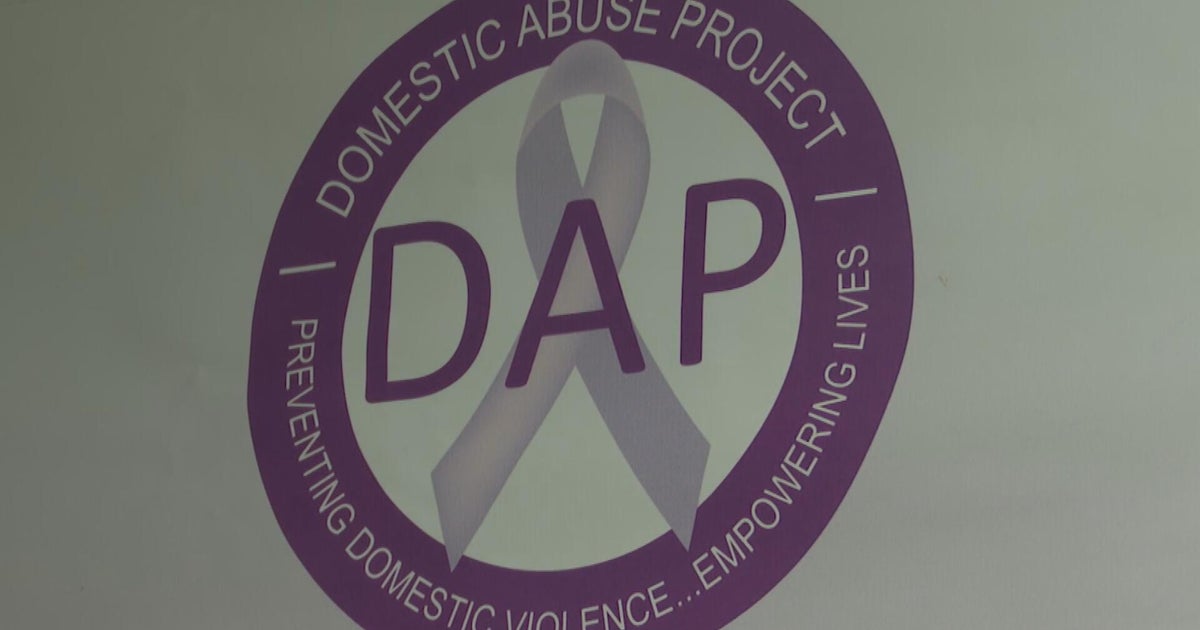Report on the Socio-Cultural Contexts of Sexual and Reproductive Health Literacy in Western Iran and its Implications for Sustainable Development Goals
Introduction and Alignment with Sustainable Development Goals (SDGs)
A qualitative study was conducted to explore the social, cultural, and economic factors influencing sexual and reproductive health literacy (SRHL) among married women of reproductive age in Sanandaj, Kurdistan Province, Iran. The findings highlight critical barriers that directly impede progress toward several Sustainable Development Goals (SDGs), particularly SDG 3 (Good Health and Well-being), SDG 5 (Gender Equality), and SDG 4 (Quality Education). Understanding these context-specific challenges is essential for developing interventions that advance universal access to sexual and reproductive health and rights, a cornerstone of the 2030 Agenda for Sustainable Development.
Methodology and Research Framework
The research employed a qualitative methodology utilizing directed content analysis to validate an existing conceptual framework of SRHL. The study was situated in healthcare centers affiliated with the Kurdistan University of Medical Sciences.
- Participants: The study involved 17 married women aged 18–45, selected through purposive sampling to ensure maximum diversity in age, education, and economic status.
- Data Collection: Data was gathered through semi-structured, in-depth interviews conducted between April and November 2024. The interviews explored participants’ experiences and perceptions regarding SRHL within their community.
- Data Analysis: Thematic analysis was conducted using MAXQDA software, focusing on the “contexts and environments” dimension of SRHL. The process ensured trustworthiness through criteria of credibility, confirmability, dependability, transferability, and authenticity.
Key Findings: Barriers to SRHL and SDG Attainment
The analysis identified “Social-Cultural Contexts of Sexual and Reproductive Health Literacy” as the central theme, comprising three main categories: Customs and Traditions, Social and Cultural Beliefs, and Economic Conditions. These factors create significant obstacles to achieving key SDG targets.
Socio-Cultural Barriers and Implications for SDG 5 (Gender Equality)
Deeply entrenched customs and gender beliefs significantly undermine women’s autonomy and health, directly challenging the objectives of SDG 5, which aims to achieve gender equality and empower all women and girls.
- Harmful Traditional Practices (Target 5.3):
- Virginity Certificates: The social pressure to obtain a virginity certificate before marriage infringes upon women’s bodily autonomy and decision-making power.
- Female Genital Mutilation (FGM): The continuation of FGM, often perpetuated by older generations without awareness of its severe health consequences, was reported. Participants who had undergone FGM described long-term negative impacts on sexual pleasure and satisfaction.
- Mourning Rituals: The prohibition of sexual relations during mourning periods imposes additional emotional pressure and limits spousal intimacy, reflecting a lack of individual autonomy in personal matters.
- Discriminatory Gender Beliefs (Target 5.6):
- Gender Preference: A strong preference for male children places immense pressure on women and perpetuates the lower social status of daughters.
- Male Superiority: The belief that women must comply with their husbands’ wishes, particularly in sexual relations, reinforces gender inequality and prevents women from expressing their own needs and desires.
- Sexual Taboos: Women reported that discussing sexual matters is considered taboo, leading to a lack of communication with partners and an inability to seek help. Knowledge about sexuality was sometimes stigmatized, discouraging women from becoming informed.
Educational and Institutional Gaps Impacting SDG 3 (Good Health and Well-being) and SDG 4 (Quality Education)
The study reveals a systemic failure in providing adequate education and health services related to sexual and reproductive health, hindering progress towards SDG 3.7 (universal access to SRH services and education) and SDG 4.7 (education for sustainable development and gender equality).
- Lack of Formal Education: Participants highlighted the complete absence of formal, age-appropriate sexual health education in schools and media. This information vacuum forces individuals to learn through trial and error, perpetuating misinformation and preventing mothers from educating their children.
- Inadequate Healthcare Services:
- Health centers were perceived as lacking specialized staff qualified to discuss sexual health issues.
- The absence of private spaces for consultation discouraged women from asking sensitive questions.
- This institutional gap denies women access to reliable information, a key component of universal health coverage.
- Media Negligence: National media provides coverage on general health and pregnancy but systematically avoids topics related to sexual health, reinforcing social taboos and leaving a critical educational need unmet.
Economic Constraints as a Determinant of Health, Linking to SDG 1 (No Poverty) and SDG 3 (Good Health and Well-being)
Economic hardship emerged as a primary determinant of health-seeking behavior, directly impacting women’s ability to manage their reproductive health and linking poverty (SDG 1) to poor health outcomes (SDG 3).
- Prioritization of Basic Needs: For women in economically precarious situations, securing basic necessities like food took precedence over seeking information or counseling for sexual and reproductive health, which was viewed as a luxury.
- Limited Access to Contraception (Target 3.7): Due to financial constraints and the lack of free provision by public health centers, some women were forced to rely on less effective natural contraceptive methods, increasing the risk of unintended pregnancies.
- Influence on Family Planning: Poor economic conditions were cited as a reason for delaying pregnancy or reducing the desire for children, demonstrating how economic stability is intrinsically linked to reproductive choices.
Analysis of Sustainable Development Goals in the Article
1. Which SDGs are addressed or connected to the issues highlighted in the article?
The article highlights several issues that are directly connected to multiple Sustainable Development Goals (SDGs). The analysis reveals connections to the following goals:
- SDG 3: Good Health and Well-being: The core focus of the article is on sexual and reproductive health literacy among women. It discusses challenges in accessing health information, services, and contraception, which are central to ensuring healthy lives.
- SDG 5: Gender Equality: The article extensively details issues of gender inequality. It explores harmful practices like Female Genital Mutilation (FGM), social pressures related to virginity, gender-based beliefs such as male superiority, and women’s lack of autonomy in sexual and reproductive decision-making.
- SDG 4: Quality Education: A significant barrier identified is the “lack of formal, needs-based education” on sexual and reproductive health. The article points out the failure of social institutions like health centers and media to provide adequate and accurate information, which is a key aspect of comprehensive education for all.
- SDG 1: No Poverty: The article establishes a clear link between economic conditions and health outcomes. It describes how financial hardship forces women to prioritize basic needs over sexual and reproductive health, limiting their access to information, counseling, and contraception.
- SDG 10: Reduced Inequalities: The study focuses on a specific ethnic minority (Kurdish women in Iran) and highlights how social and cultural norms create and perpetuate inequalities, particularly for women within this community, affecting their health and autonomy.
2. What specific targets under those SDGs can be identified based on the article’s content?
Based on the issues discussed, several specific SDG targets can be identified:
-
SDG 3: Good Health and Well-being
- Target 3.7: By 2030, ensure universal access to sexual and reproductive health-care services, including for family planning, information and education. The article directly addresses this target by highlighting women’s lack of access to contraception (“Health centers don’t give us free pills or contraception anymore”), forcing them to use less reliable “natural methods.” It also notes the lack of specialized staff and private spaces in health centers for sexual health consultations.
-
SDG 5: Gender Equality
- Target 5.1: End all forms of discrimination against all women and girls everywhere. The article provides evidence of deep-rooted discrimination through “gender beliefs” that emphasize “male superiority over women,” the “importance of having sons,” and the expectation for women to “obey her husband.”
- Target 5.3: Eliminate all harmful practices, such as child, early and forced marriage and female genital mutilation. The article has a dedicated section on “Female genital mutilation,” noting that while the practice has diminished, it “still continues in some Kurdish regions.” It also discusses the harmful custom of requiring a “virginity certificate,” which imposes social pressure and undermines women’s autonomy.
- Target 5.6: Ensure universal access to sexual and reproductive health and reproductive rights. The article illustrates the violation of these rights. Women report coercion in sexual relations (“whenever he wants, we have to have sex”) and view sex as an “obligation,” indicating a lack of control over their own bodies and reproductive choices.
-
SDG 4: Quality Education
- Target 4.7: By 2030, ensure that all learners acquire the knowledge and skills needed to promote sustainable development, including… gender equality. The article points to a critical gap in this area, stating there is a “lack of formal, needs-based education” and that media “does not provide enough programs on these sensitive topics,” leaving women without essential knowledge about their sexual and reproductive health.
-
SDG 1: No Poverty
- Target 1.4: By 2030, ensure that all men and women, in particular the poor and the vulnerable, have equal rights to economic resources, as well as access to basic services. The article’s section on “Economic Conditions” shows how poverty directly restricts access to basic health services. One participant states, “When you don’t even have money to buy bread for your kids, who has time to think about learning about sexual matters?” This demonstrates how economic vulnerability is a barrier to health and well-being.
3. Are there any indicators mentioned or implied in the article that can be used to measure progress towards the identified targets?
The article, being qualitative, does not provide quantitative statistics but offers strong qualitative evidence that can serve as indicators of the current situation and be used to measure future progress.
-
Indicators for SDG 3 & 5 (Targets 3.7 & 5.6)
- Indicator 3.7.1 (Proportion of women… who have their need for family planning satisfied with modern methods): The article implies this is low. The statement that women “have to rely on natural methods” because health centers no longer provide free contraception is a direct qualitative measure of an unmet need for modern family planning.
- Indicator 5.6.1 (Proportion of women… who make their own informed decisions regarding sexual relations, contraceptive use and reproductive health care): The article strongly suggests this proportion is low. Testimonies of women feeling sex is an “obligation,” being unable to refuse their husbands, and facing pressure to obtain virginity certificates all serve as indicators of a lack of autonomous decision-making.
-
Indicators for SDG 5 (Target 5.3)
- Indicator 5.3.2 (Proportion of girls and women… who have undergone female genital mutilation/cutting): The article provides direct evidence of this practice. The participant’s account of her grandmother insisting on FGM and her own experience of its negative consequences (“I take longer to reach sexual pleasure and often don’t feel satisfied”) serves as a powerful, albeit non-statistical, indicator of the prevalence and impact of FGM in the community.
-
Indicators for SDG 4 (Target 4.7)
- Indicator 4.7.1 (Extent to which… education for sustainable development are mainstreamed in… curricula): The article indicates a complete lack of mainstreaming for sexual health education. The participant’s comment, “I’ve never seen a TV program about sexual issues,” and the description of health center staff being unable to answer questions (“they told me to go to a specialist”) are indicators of the absence of accessible, formal education on the topic.
4. Summary Table of SDGs, Targets, and Indicators
| SDGs | Targets | Indicators Identified in the Article (Qualitative) |
|---|---|---|
| SDG 3: Good Health and Well-being | 3.7: Ensure universal access to sexual and reproductive health-care services, including for family planning, information and education. | Women’s reliance on “natural methods” due to the unavailability of free contraception; lack of knowledgeable staff and privacy at health centers for sexual health discussions. |
| SDG 5: Gender Equality | 5.1: End all forms of discrimination against all women and girls everywhere. | Prevalence of cultural beliefs in “male superiority,” son preference, and the expectation for a woman to “obey her husband.” |
| 5.3: Eliminate all harmful practices, such as… female genital mutilation. | Continued practice of Female Genital Mutilation (FGM) in some regions; social pressure on women to obtain “virginity certificates.” | |
| 5.6: Ensure universal access to sexual and reproductive health and reproductive rights. | Women reporting coercion in sexual relations and feeling that sex is an “obligation” or a duty, indicating a lack of autonomy and reproductive rights. | |
| SDG 4: Quality Education | 4.7: Ensure all learners acquire knowledge and skills needed for sustainable development, including gender equality. | A described “lack of formal, needs-based education” on sexual health; absence of media programs and trained health personnel to provide this information. |
| SDG 1: No Poverty | 1.4: Ensure that all men and women, in particular the poor, have access to basic services. | Economic hardship forcing women to forgo sexual/reproductive health information and contraception to pay for basic needs like food. |
Source: reproductive-health-journal.biomedcentral.com







